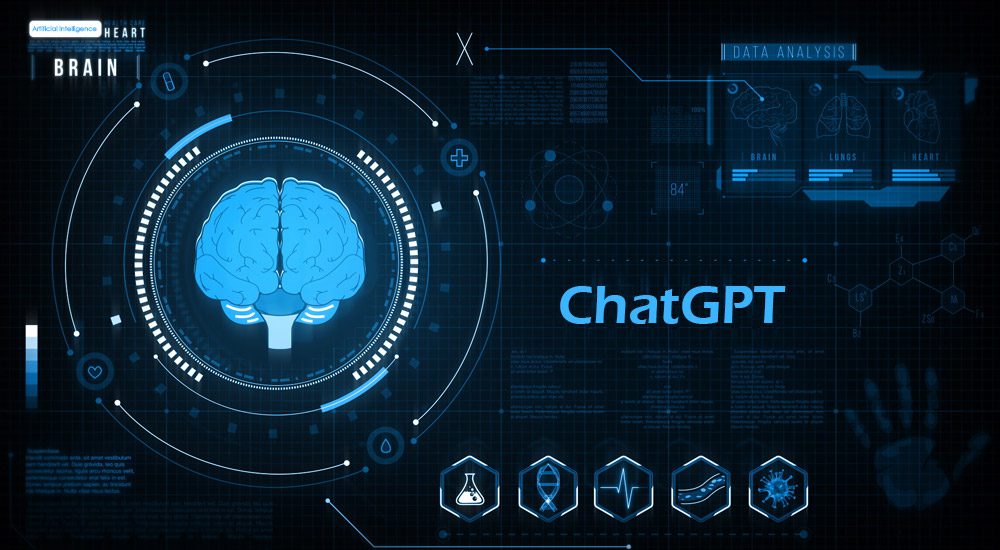ChatGPT is an AI language model developed by OpenAI, based on the GPT-3 architecture. ChatGPT is designed to understand and generate human-like responses to natural language input, making it a powerful tool for a variety of applications. Here are some points to consider when learning about ChatGPT.
- How it Works: ChatGPT works by processing natural language input and generating responses based on a vast database of language patterns and structures. This allows ChatGPT to understand and respond to a wide variety of questions and statements.
- Applications: ChatGPT has a wide range of potential applications, from chatbots and virtual assistants to language translation and content generation. ChatGPT can be integrated into a variety of platforms and applications to provide natural language processing capabilities.
- Accuracy and Performance: ChatGPT has demonstrated impressive accuracy and performance in a variety of language tasks. According to OpenAI, ChatGPT can generate human-like responses and has surpassed human performance in certain language tasks.
- Potential Challenges: Despite its impressive capabilities, ChatGPT also presents potential challenges related to bias and misuse. As with any AI technology, it is important to consider the ethical implications of its use and ensure that it is used responsibly.
- Future Developments: ChatGPT represents a significant advancement in the field of natural language processing and AI. As the technology continues to develop, it is likely that we will see even more impressive capabilities and applications in the future.
Conclusion
In conclusion, ChatGPT is an AI language model with impressive capabilities and a wide range of potential applications. By understanding how it works, its applications, accuracy and performance, potential challenges, and future developments, we can better appreciate the impact and potential of this groundbreaking technology.


















